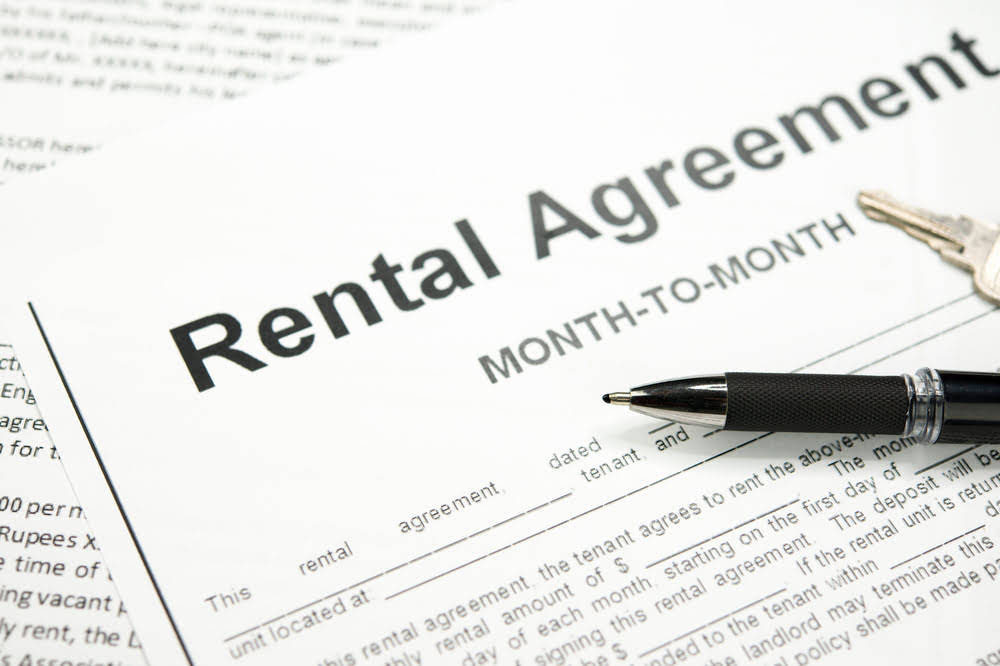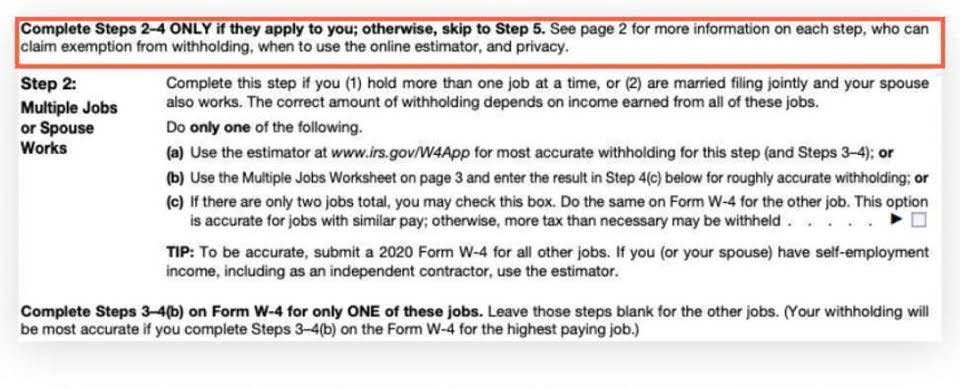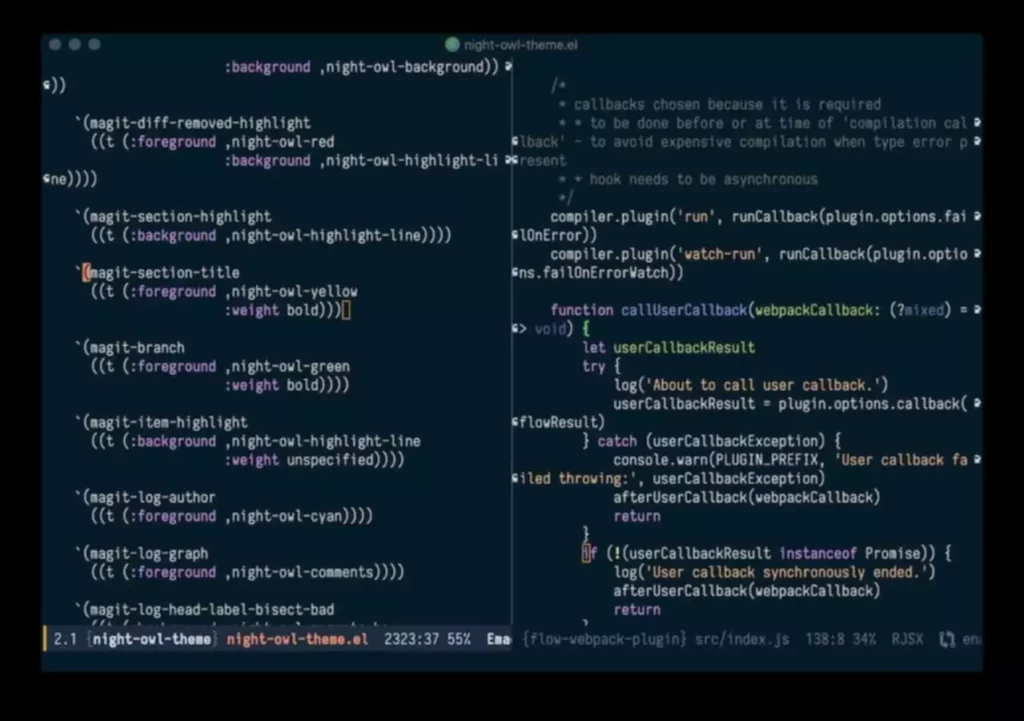Content

This may not seem too bad when there are only four entries, but it becomes a little more difficult to find just the cash entries when there are 54 transactions, or 154! In order to group all the transactions of a similar kind in one place, transactions are rewritten, or posted, to their respective accounts in the general ledger. With modern accounting software, you may not have a purchase or sales ledger. Instead, they can be marked as a certain type of entry and called up in a search if you want to look at these entries on their own. Combining machine learning enabled financial processes and real-time recording of transactions, traditional accounting functions such as closing the books can occur in a fraction of the time it used to.
What are the 3 types of ledgers?
- General ledger.
- Sales ledger.
- Purchase ledger.
There are two types of general Ledger such as the nominal ledger and the private ledger. The nominal ledger gives information on income, expenses, depreciation, insurance, etc while the private ledger is not accessible to everyone and gives private information on capital, salaries, wages, etc. Referencing the account’s number on the journal after posting the entry ensures that every line item that has a reference number in the journal has already been posted. This practice can be helpful if phone calls or other distractions interrupt the posting process. For example, on January 2, 2021, say you buy $4,000 worth of inventory with cash.
General ledger account examples and types
The three-column form ledger card has the advantage of showing the balance of the account after each item has been posted. It is very important for you to understand the QuickBooks vs Quicken: Knowing the Difference debit and credit rules for each account type or you may not calculate the balance correctly. Notice that we give an explanation for each item in the ledger accounts.
If at any point the sum of debits for all accounts does not equal the corresponding sum of credits for all accounts, an error has occurred. It follows that the sum of debits and the sum of the credits must be equal in value. Double-entry bookkeeping is not a guarantee that no errors have been made—for example, the wrong ledger account may have been debited or credited, or the entries completely reversed. A general ledger or accounting ledger is a record or document that contains account summaries for accounts used by a company. In other words, a ledger is a record that details all business accounts and account activity during a period. You can think of an account as a notebook filled with business transactions from a specific account, so the cash notebook would have records of all the business transactions involving cash.
Our Services
A general ledger is a master account sheet that summarizes all transactions occurring within an organization. Other accounting records, such as balance sheets, income statements, and cash flow statements, can be generated from it. All of the transactions recorded in the GL are combined to form a trial balance.
- Transfer the financial transactions from the general journal to the appropriate accounts on the general ledger with all their detail.
- The left column should contain your debits while the right side contains your credits.
- Use the general ledger report in QuickBooks to see a complete list of transactions from all accounts within a date range.
- There may also be a «balance» column on the far right side of the general ledger, which lists a running total of the balance in each account.
Since the dawn of time, the general ledger has been an essential part of good accounting. Before digitization, accountants had been manually recording every transaction in ledgers, and it was the way organizations of all sizes kept track. For instance, cash activity is usually recorded in the cash receipts journal. The account details can then be posted to the cash subsidiary ledger for management to analyze before it gets posted to the general ledger for reporting purposes. By this same analogy, a ledger could be considered a folder that contains all of the notebooks or accounts in the chart of accounts.
What is a General Ledger?
The general ledger should present each group of sub-ledgers in the order they’re listed above. It’s the same order in which you’d encounter them if you were to read through the balance sheet and income statement. These https://kelleysbookkeeping.com/professional-bookkeeping-services-belay/ are typically recorded in the general ledger as they are incurred. Your general ledger might break these down into accounts for rent, merchant fees, software subscriptions, telephone and internet, cleaning, and so on.









